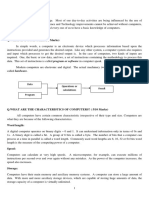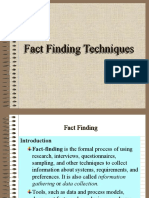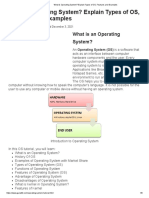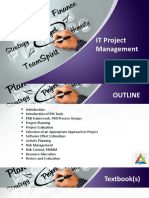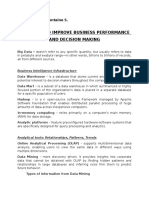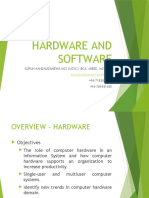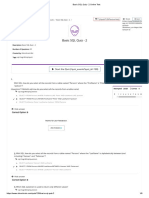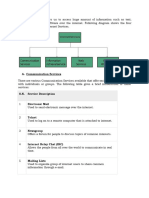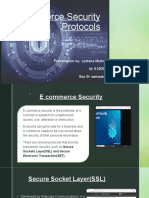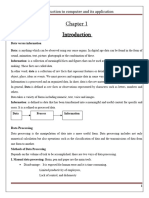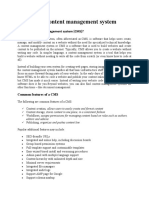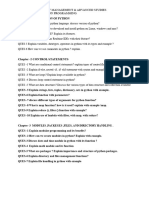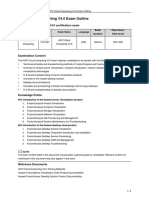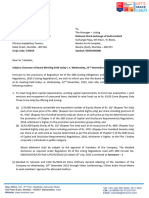100% found this document useful (1 vote)
954 views12 pages3 Data Processing Modes
The document explains data processing, which involves manipulating raw data into meaningful information through various activities. It outlines the importance of data processing for decision-making, insights, innovation, and performance evaluation, and describes four main data processing modes: Batch, Online, Real Time, and Time Sharing, along with their advantages and disadvantages. Additionally, it provides scenarios for each processing mode to illustrate their applications.
Uploaded by
abbeymcg09Copyright
© © All Rights Reserved
We take content rights seriously. If you suspect this is your content, claim it here.
Available Formats
Download as PDF, TXT or read online on Scribd
100% found this document useful (1 vote)
954 views12 pages3 Data Processing Modes
The document explains data processing, which involves manipulating raw data into meaningful information through various activities. It outlines the importance of data processing for decision-making, insights, innovation, and performance evaluation, and describes four main data processing modes: Batch, Online, Real Time, and Time Sharing, along with their advantages and disadvantages. Additionally, it provides scenarios for each processing mode to illustrate their applications.
Uploaded by
abbeymcg09Copyright
© © All Rights Reserved
We take content rights seriously. If you suspect this is your content, claim it here.
Available Formats
Download as PDF, TXT or read online on Scribd
/ 12


